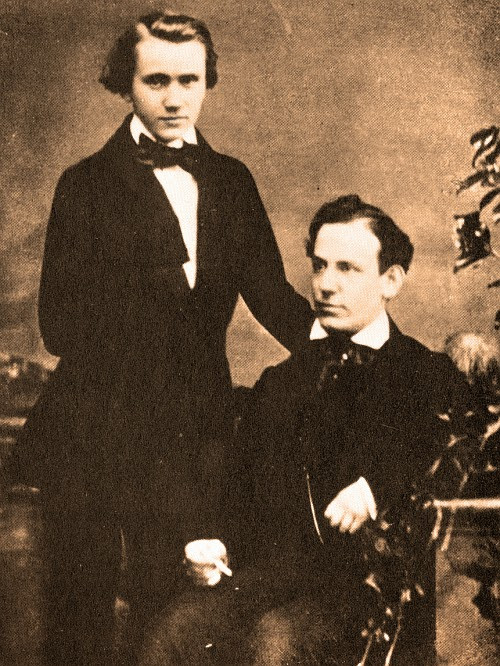Johannes Brahms’ Hungarian Dances are a vibrant collection of 21 pieces that pulse with the energy of Hungarian folk music. Among these, Hungarian Dance No. 5 stands out as perhaps the most globally recognized and beloved. This iconic piece, originally composed for piano four-hands and later arranged for orchestra, captures the spirit of a rich musical tradition, drawing from the diverse sounds of Hungary and its neighboring cultures. Let’s delve into the captivating world of Hungarian Dance No. 5 and explore the history and influences that make it so enduringly popular.
A Continent Swept Away by Sound

The 19th century was a period where the sounds of Hungary resonated deeply within the classical music scene. Franz Liszt’s Hungarian Rhapsodies ignited a widespread fascination with this musical style, and Brahms was among the many composers drawn to its unique character. This trend coincided with the rising popularity of piano four-hand compositions, a form of musical entertainment that was gaining traction in homes and taverns across Europe. The demand for music reflecting the vibrant cultures of newly emigrated communities created a fertile ground for Brahms’ Hungarian Dances to flourish.
The Spark of Inspiration: Friendship with Ede Reményi

The true genesis of Brahms’ passion for Hungarian music can be traced back to his formative years and a significant encounter with the Hungarian violinist Ede Reményi. This meeting proved to be a pivotal moment in Brahms’ musical journey. Interestingly, Reményi shared a teacher with Joseph Joachim, a renowned violinist for whom Brahms would later compose his Double Concerto. In his early twenties, Brahms became Reményi’s piano accompanist, embarking on tours that immersed him in the authentic sounds of Hungarian folk music. This firsthand experience became the bedrock of his understanding and appreciation for the genre.
Fueled by this genuine connection to Hungarian musical heritage, Brahms began to compose his own interpretations of the style. While only a few of the 21 Hungarian Dances are entirely original compositions by Brahms (specifically Nos. 11, 14, and 16), the entire set has become one of his most frequently performed and celebrated works. Within these dances, particularly in Hungarian Dance No. 5, Brahms masterfully channels the exhilarating energy of the csárdás and verbunkos, two prominent Hungarian folk dance forms. These dances are characterized by dramatic shifts in tempo, lively rhythms, and virtuosic, swirling melodies.
Unpacking the Rhythms: Csárdás and Verbunkos
The term csárdás is an umbrella term encompassing a diverse range of Hungarian folk dances, each with its own regional nuances in name, structure, and performance style. Typically, csárdás dances involve both male and female dancers. A striking visual element of the women’s dance is their traditional wide skirts, which flare out dramatically as they spin and whirl, a spectacle often seen in performances of Hungarian folk dance.
The verbunkos, with its deeper historical roots, emerged from 18th-century Hungarian military traditions. Derived from the German word “werben,” meaning “to recruit,” verbunkos dances were part of elaborate recruitment events. Military units would organize grand festivities with food, drinks, and, crucially, dancing to attract young men to enlist. Officers, led by their sergeant, would showcase impressive displays of stomping, high kicks, spur-clicking, and heel slaps, creating an atmosphere of excitement and camaraderie. As the energy of the verbunkos intensified, prospective recruits were often drawn into the dance, and a handshake during this spirited moment could effectively signify their enlistment.

Nearly a century and a half later, Brahms’ Hungarian Dance No. 5 and the entire set continue to resonate with the same vibrancy they possessed in their initial performances in European taverns and salons. Encoded within the notes on the page is a powerful homage to Hungary’s rich and diverse history and its people. The music’s rousing and infectious melodies continue to captivate audiences worldwide. Just be mindful of any outstretched hands when the music starts playing – you might just find yourself swept into the dance!

